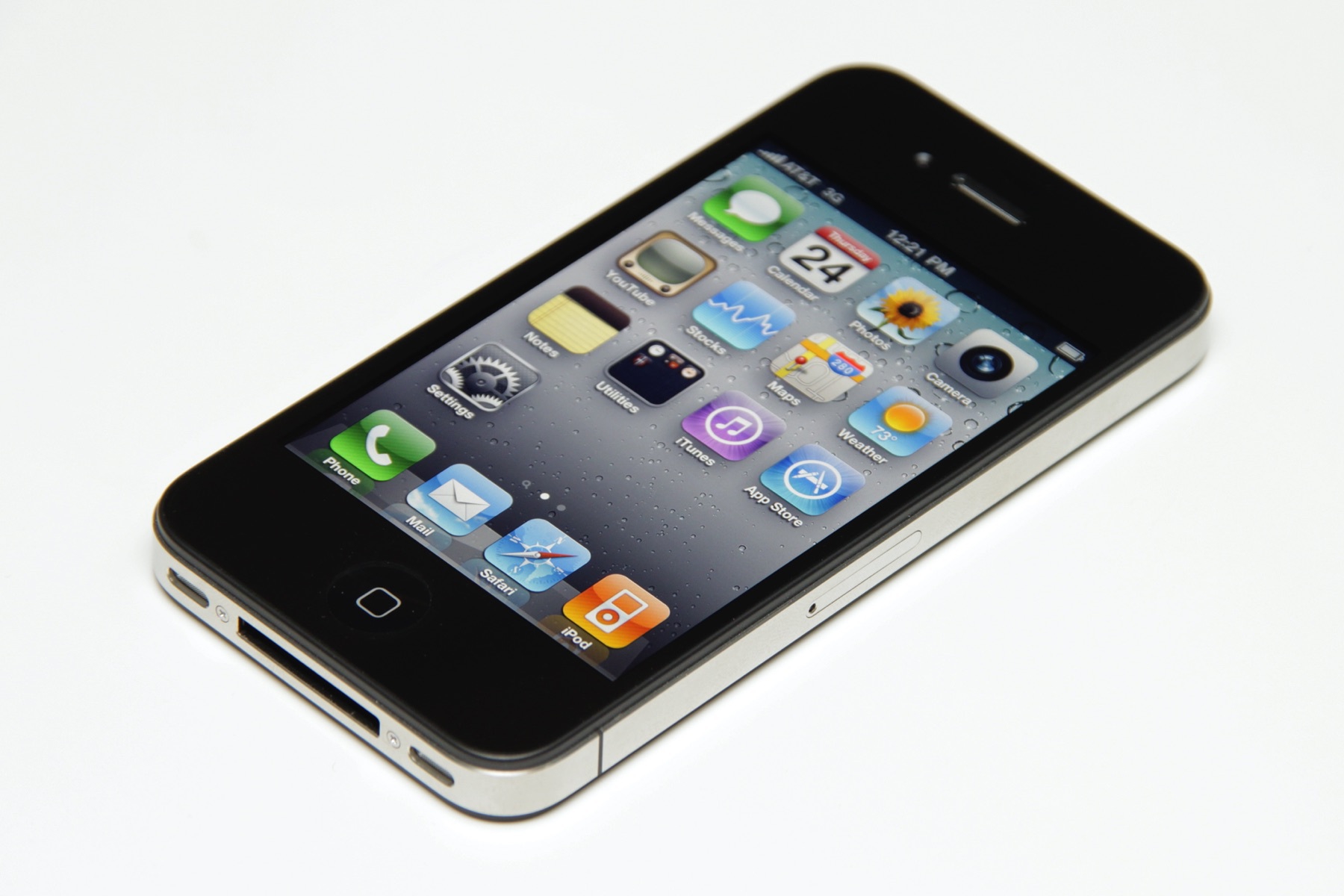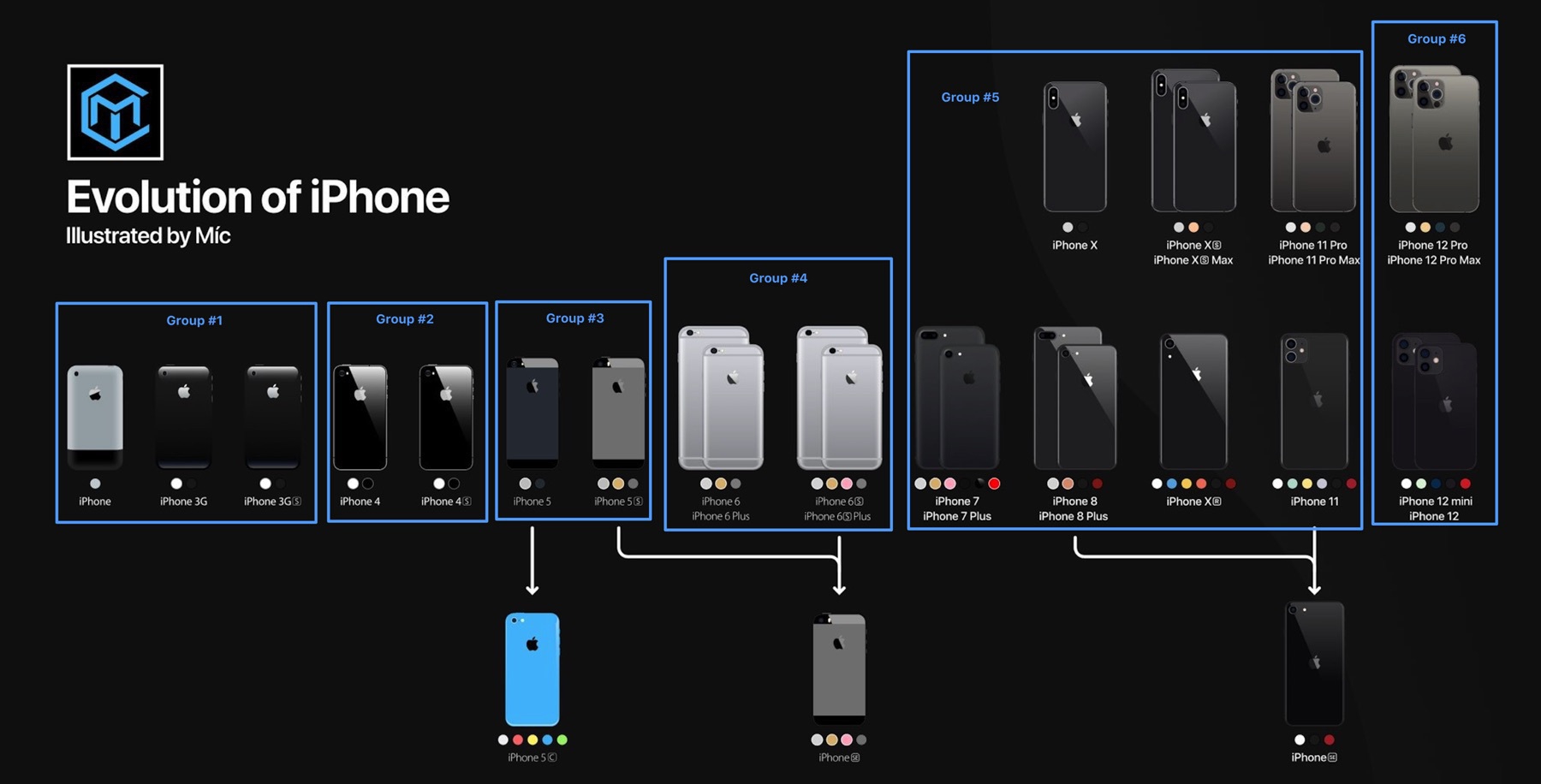iPhone heritage (#apple #design #iphone #iphone12)
_“Enduring design doesn’t need constant reinterpretation. It needs tweaking, polishing, and subtle improvement” _— Om Malik
Great take by Om Malik on the the significance of timeless design in “Why great design is timeless”. As I wrote in my previous post, to me, the iPhone 5 was the best Apple design before the iPhone 12. Om Malik refers to the iPhone 4 as being an example of timeless design that was later only tweaked, refined and polished in following iPhone iterations. I find it a bit surprising as the iPhone 4 metallic edges never really came back after the iPhone 4S.
Looking back at the iPhone design genealogy, we can infer six major groups of iPhone design language: the original iPhone up to the iPhone 3GS is group #1, the iPhone 4 and 4S is group #2, the iPhone 5, 5S and SE is group #3, the iPhone 6 and 6S is group #4, the group #5 encompasses the iPhone 7 up to the iPhone 11 including the SE 2. Finally, group #6 is the iPhone 12. I expect Apple to iterate within that group for at least another year.
The iterative polishing, refining process of Apple is in full glory since the iPhone 7. The latter is heavily based on the iPhone 5 heritage. The iPhone 12 is heavily inspired by the iPhone 5 era and the group #5 of designs.
If Apple plays their card well, next year’s iPhone could surpass this year’s line up by fixing the Pro glossy edges, removing the notch (it won’t happen), thinner bezels and less controversial colours selection, just to name a few attributes.

